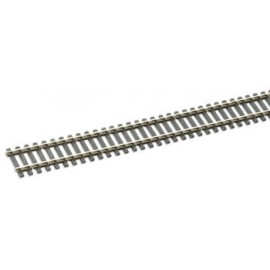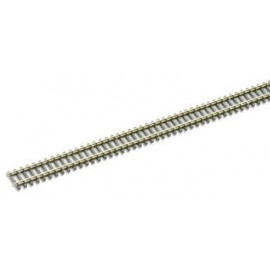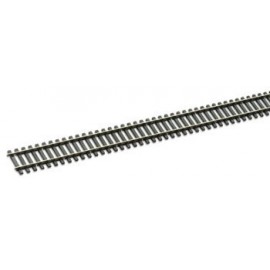A tunnel liner is a sheet of scale brickwork, often moulded for detail and constructed from plastic, used to...
No products
Product successfully added to your shopping cart
There are 0 items in your cart. There is 1 item in your cart.
Search Tips
What are the advantages of using nickel-silver rails rather than steel rails?
Nickel-silver rails are commonly used in model railways due to their many advantages over steel rails. Here are a few of the main advantages of using nickel-silver rails:
- Increased conductivity: Nickel-silver is a more conductive metal than steel, which means that the electrical current flows more efficiently through the rails. This can help to improve the performance of your model railway.
- Increased corrosion resistance: Nickel-silver is more resistant to corrosion than steel, which means that it will last longer and require less maintenance.
- Better appearance: Nickel-silver has a more realistic appearance than steel, especially when it comes to replicating the look of real-world railway tracks.
- Easier to work with: Nickel-silver is a softer metal than steel, which makes it easier to cut, shape, and bend to fit your track layout.
- Increased durability: Nickel-silver is a more durable metal than steel, it can withstand more wear and tear and is less likely to crack or break under heavy loads.
It's worth noting that nickel-silver rails are an alloy of copper, nickel and zinc and contains no silver. The Name Nickel-silver is derived from the resulting silver-like appearance. The exact ratio of the constituent metals can vary. The specific process of creating the nickel-silver alloy tends to make these rails more expensive to produce than their steel counterparts. That said, the advantages listed above mean that in the long-term they may well represent a better investment than their steel-based counterparts and as such, many model railway enthusiasts believe that the advantages of using nickel-silver rails outweigh the additional cost.
Click here to receive the tips weekly in your mailbox. You can unsubscribe at any time.










